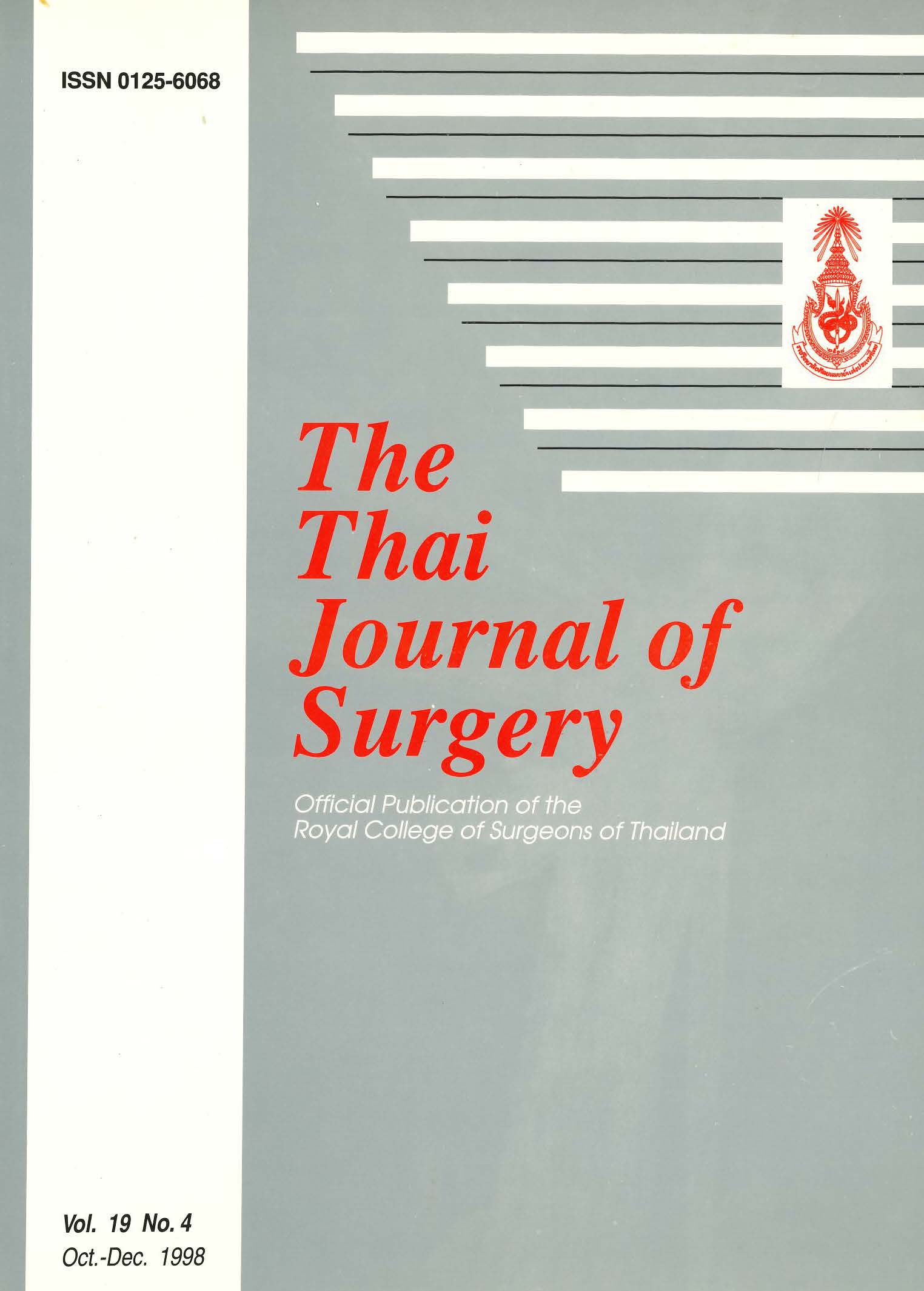Lower Pole Caliceal Stone Clearance After Extracorporeal Shock Wave Lithotripsy: The Effect of Infundibulopelvic Angle
Abstract
Extracorporeal Shock Wave Lithotripsy (ESWL) represents the first choice therapy for renoureteral stone disease. Clinical controversy exists concerning the efficacy of ESWL for lower pole kidney stones. Nowadays, the factors that hindering the spontaneous passage of stone debris resulting from ESWL of lower caliceal stone are the gravity - dependent position of the lower pole calices and particular features of the inferior - pole collecting system anatomy.
We studied the influence of the lower infundibulo-pelvic anatomy in the success of ESWL of lower caliceal stone size 10-20 millimeter in 50 patients with Storz Modulith SL -20 machine. At the mean follow-up of 6 months, 44 per cent of the Patients presenting an infundibulo-pelvic angle of lesser than 90˚ became stone free. On the other hand, 86% of the patients presenting an infundibuo-pelvic angle of greater than 90˚ became stone free. Our data suggested that acute infundibulo-pelvic angle of lower pole hindered the spontaneous passage of stone fragments after ESWL.
References
2. Lingeman JE, Siegel YI, Steele B. Management of lower pole nephrolithiasis: a critical analysis. Urology 1994; 151:663-7.
3. Netto NR, Claro JFA, Lemos GC. Renal calculi in lower calices : What is the best method of treatment ? Urology 1991; 146:721-3.
4. May DJ, Chandhoke PS. Efficacy and cost-effectiveness of extracorporeal shcok wave lithotripsy for solitary lower pole renal calculi. Urology 1998;159:24-7.
5. Sampaio JJB, Mandarim CA. 3-Dimensional and radiological pelviocaliceal anatomy for endourology. Urology 1988;140:1352-5.
6. Keeley FX, Moussa SA, Tolley DA, Clearance of lower pole stones following SWL : The effect of infundibulopelvic angle, Abstract. J Endourol 1997: 11:sup:S96
7. Chen Rn, Streem SB. Extracorporeal shock wave lithotripsy for lower pole calculi : long term radiographic and clinical outcome. Urology 1996; 156:1572-5.
Downloads
Published
How to Cite
Issue
Section
License
Articles must be contributed solely to The Thai Journal of Surgery and when published become the property of the Royal College of Surgeons of Thailand. The Royal College of Surgeons of Thailand reserves copyright on all published materials and such materials may not be reproduced in any form without the written permission.



